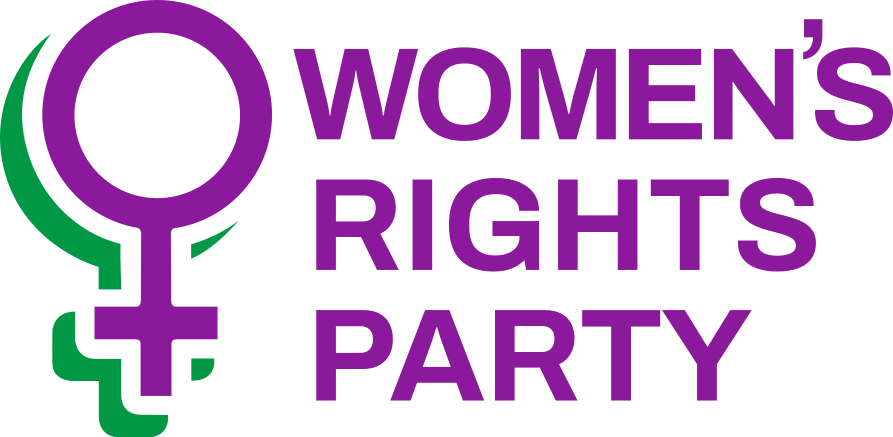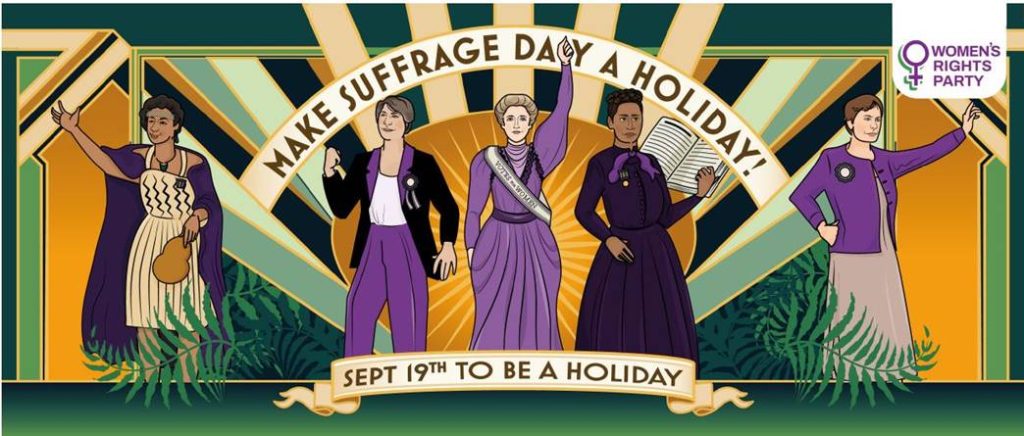
A Parliamentary petition to declare 19 September, Suffrage Day, a public holiday is to be launched on International Women’s Day this weekend [2pm, Saturday, 8 March] at Ferndale House in Mt Albert.
The petition has been initiated by the Women’s Rights Party and Life Member Sandi Hall, a former leader of the New Zealand Women’s Political Party women, a feminist political party founded in 1982 that contested the 1984 snap election.
The petition is on the Parliamentary website:
The petition closes on 18 September when it will be presented to Parliament.
Says Sandi Hall: “Suffrage Day celebrates the achievement of our foremothers of the 19th Century who fought for and won democratic equality, and reminds all New Zealanders, in particular our young people, of the ongoing struggle for women’s rights.”
She says having a public holiday would be an opportunity for women to come together to share their experiences and campaign to create a society in which we can all live in harmony with each other and the natural environment to protect the future for our children and their children.
Currently, Suffrage Day is commemorated on 19 September to acknowledge the contributions of women who have fought to advance women’s rights and the betterment of our society. However, because the day moves around each year and is not a designated public holiday, not all women are able to participate.
Get some paper copies of the petition. Get friends, family and others to sign it.
Women’s Rights Party Co-leader Jill Ovens says she and a few others have turned up to Parliament in the last two years with a suffrage flag, but you wouldn’t know from Parliament grounds that the day was so significant in the history of our country.
Ms Ovens says there has been a tradition of women attending early and expensive breakfasts on Suffrage Day to listen to speeches from high profile women celebrating the successes of women in business, the Public Service and politics.
“But while women at the top are doing well, little has changed for those women who clean the halls of power, sole women bringing up their children, or women in retirement struggling to survive on the pension with little or no savings.”
She says women’s rights have been eroded in recent years by legislation that puts women’s and girls’ privacy and safety at risk, the erasure of the word “women” from our language, and workplace policies that prevent women from speaking out.
“We need to reclaim our heritage by designating Suffrage Day as a public holiday!”
A brief history of the campaign for women’s suffrage in New Zealand1
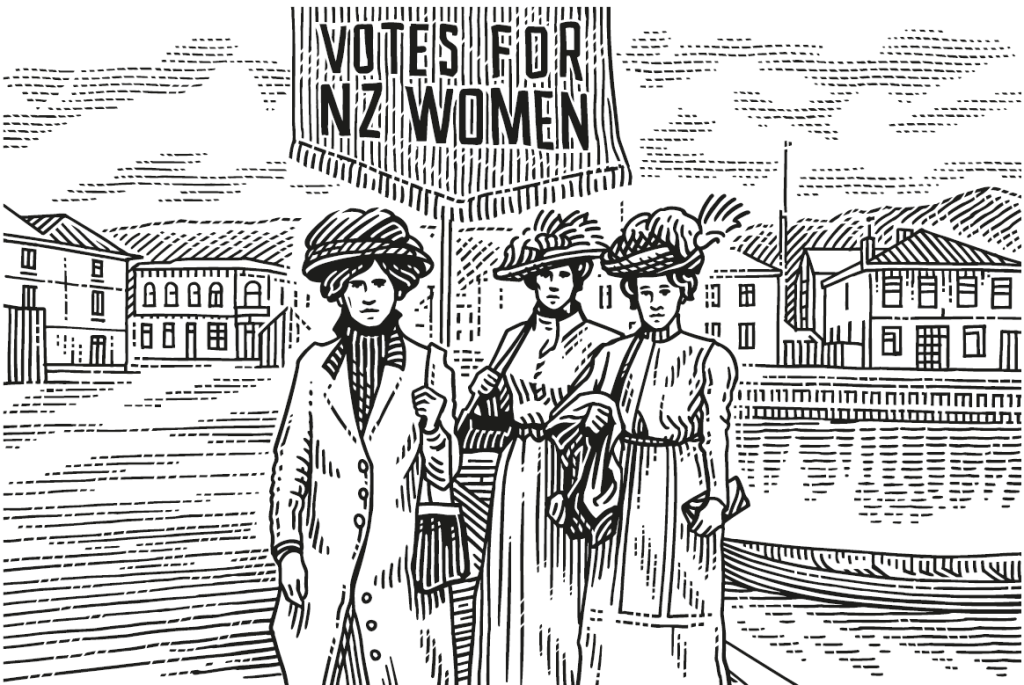
In early colonial New Zealand, as in other European societies, women were excluded from any involvement in politics. A significant proportion of European men took part in the colony’s early elections from 1853, universal male suffrage was introduced for Māori men in 1867, and almost all other men in 1879. Most people – men and women – accepted the idea that women were naturally suited for domestic affairs, such as keeping house and raising children. Only men were fitted for public life and the rough-and-tumble world of politics.
In the later 19th century, some women began to challenge this narrow view of the world. New opportunities were opening up for women and girls (especially those from wealthy or middle-class families) in secondary and university education, medicine, and in church and charitable work. Attention soon turned to women’s legal and political rights.
The suffrage campaign in New Zealand began as a far-flung branch of a broad late-19th-century movement for women’s rights that spread through Britain and its colonies, the United States and northern Europe. This movement was shaped by two main themes: equal political rights for women and a determination to use them for the moral reform of society (through, for example, the prohibition of alcohol).
New Zealand’s pioneering suffragists were inspired both by the equal-rights arguments of philosopher John Stuart Mill and British feminists and by the missionary efforts of the American-based Women’s Christian Temperance Union (WCTU).

A number of New Zealand’s leading male politicians, including John Hall, Robert Stout, Julius Vogel, William Fox and John Ballance, supported women’s suffrage. In 1878, 1879 and 1887 bills or amendments extending the vote to women (or at least female ratepayers) only narrowly failed to pass in Parliament.
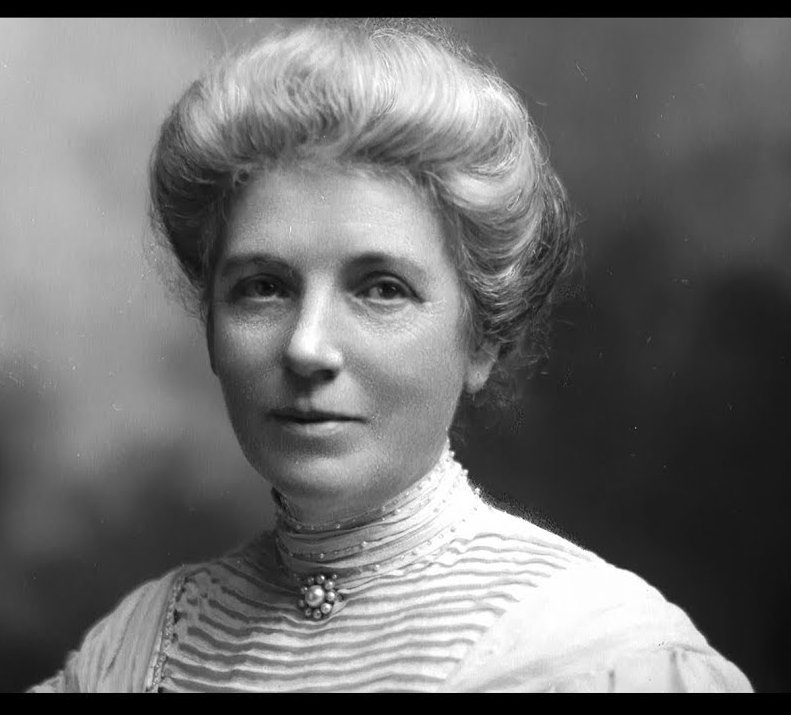
Outside Parliament the movement gathered momentum from the mid-1880s, especially following the establishment of a New Zealand WCTU in 1885. Skilfully led by Kate Sheppard, WCTU campaigners and others organised a series of huge petitions to Parliament: in 1891 more than 9000 signatures were gathered, in 1892 almost 20,000, and finally in 1893 nearly 32,000 were obtained – almost a quarter of the adult European female population of New Zealand.
By the early 1890s, opponents of women’s suffrage had begun to mobilise. They warned that any disturbance of the ‘natural’ gender roles of men and women might have terrible consequences. The liquor industry, fearful that women would support growing demands for the prohibition of alcohol, lobbied sympathetic Members of Parliament and organised their own counter-petitions.
The suffragists’ arch-enemy was Henry Smith Fish, a boorish Dunedin politician who hired canvassers to circulate anti-suffrage petitions in pubs. This tactic backfired, however, when it was found that some signatures were false or obtained by trickery.
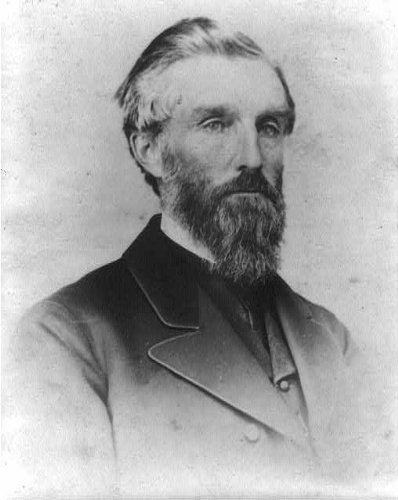
The Liberal government, which came into office in 1891, was divided over the issue. Premier John Ballance supported women’s suffrage in principle, but privately he worried that women would vote for his Conservative opponents. Many of his Cabinet colleagues, including Richard Seddon who was a friend of the liquor trade, strongly opposed suffrage.
In 1891 and 1892 the House of Representatives passed electoral bills that would have enfranchised all adult women. On each occasion, though, opponents sabotaged the legislation in the more conservative upper house, the Legislative Council, by adding devious amendments.
In April 1893 Ballance died and was succeeded by Seddon. Suffragists’ hearts sank, but following the presentation of the massive third petition, another bill was easily passed in the House.
Once again, all eyes were on the Legislative Council. Liquor interests petitioned the council to reject the bill. Suffragists responded with mass rallies and a flurry of telegrams to members. They also gave their supporters in Parliament white camellias to wear in their buttonholes.
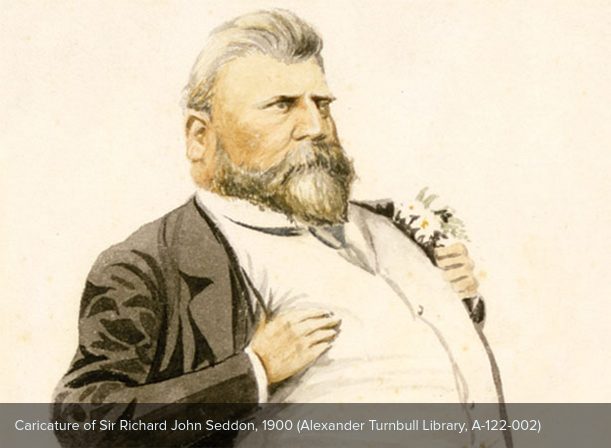
Seddon and others again tried to torpedo the bill by various underhand tactics, but this time their interference backfired. Two opposition councillors, who had previously opposed women’s suffrage, changed their votes to embarrass Seddon. On 8 September 1893, the bill was passed by 20 votes to 18.
The battle was still not over. New anti-suffrage petitions were circulated, and some members of the Legislative Council petitioned the governor to withhold his consent. In a battle of the buttonholes, anti-suffragists gave their parliamentary supporters red camellias to wear, while suffragists’ supporters wore a white camellia.
Finally, on 19 September, Lord Glasgow signed the bill into law. All women who were ‘British subjects’ and aged 21 and over, including Māori, were now eligible to vote (the nationhood requirement excluded some groups, such as Chinese women).
Suffragists celebrated throughout the country, and congratulations poured in from suffrage campaigners in Britain, Australia, the United States and elsewhere: one wrote that New Zealand’s achievement gave ‘new hope and life to all women struggling for emancipation’. For women in many countries, the struggle for voting rights would be long and difficult.
Despite the short timeframe for voter registration, 109,461 women – about 84% of the adult female population – enrolled to vote in the election. On polling day 90,290 of them cast their votes, a turnout of 82% (far higher than the 70% turnout among registered male voters). There were then no electoral rolls for the Māori seats, but women cast perhaps 4000 of the 11,269 Māori votes that year.
Suffrage opponents had warned that delicate ‘lady voters’ would be jostled and harassed in polling booths by ‘boorish and half-drunken men’, but in fact the 1893 election was described as the ‘best-conducted and most orderly’ ever held. According to a Christchurch newspaper, the streets ‘resembled a gay garden party’ – ‘the pretty dresses of the ladies and their smiling faces lighted up the polling booths most wonderfully’.
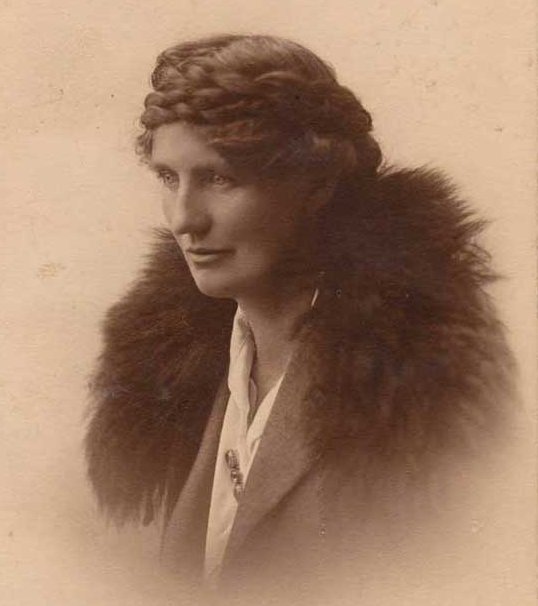
Even so, New Zealand women still had a long way to go to achieve political equality. They would not gain the right to stand for Parliament until 1919, and the first female Member of Parliament (Elizabeth McCombs) was not elected until 1933 – 40 years after the introduction of women’s suffrage. The number of female MPs did not reach double figures until the mid-1980s and women were under-represented in Parliament until the 2020s.
- Brief history, URL: https://nzhistory.govt.nz/politics/womens-suffrage/brief-history, (Manatū Taonga — Ministry for Culture and Heritage), updated 27-Apr-202 ↩︎
